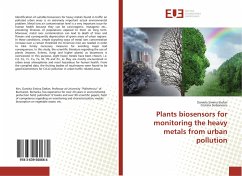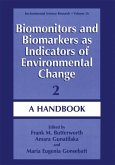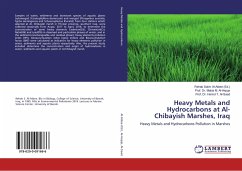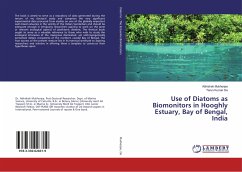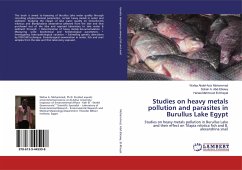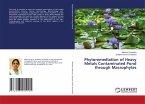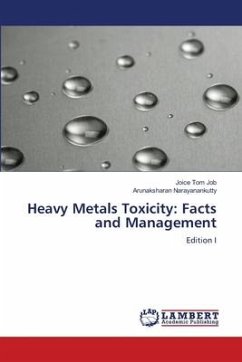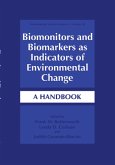Identification of suitable biosensors for heavy metals found in traffic air polluted urban areas is an extremely important actual environmental problem. Metal ions air contamination level is a very important issue for human health because they can be carcinogenic, mutagenic etc., provoking illnesses of populations exposed to them on long term. Moreover, metal ions contamination can lead to death of trees and flowers and consequently depreciation of green areas of urban regions. In these conditions, simple signaling ways of metal ions concentration increase over a certain threshold (to minimize risk) are needed in order to take timely necessary measures for avoiding major bad consequences. In this study, the scientific literature regarding the use of plants (mosses, lichens, fungi and higher plants) as biosensors is overviewed. In this purpose, eight heavy metals have been chosen, i.e. Cd, Co, Cr, Cu, Fe, Ni, Pb and Zn, as they are mostly encountered in urban areas atmospheres andmost hazardous for human health. From the compiled data, the fruiting bodies of mushrooms were found to be good biomonitors for Cd air pollution in urban traffic-related areas.
Bitte wählen Sie Ihr Anliegen aus.
Rechnungen
Retourenschein anfordern
Bestellstatus
Storno

